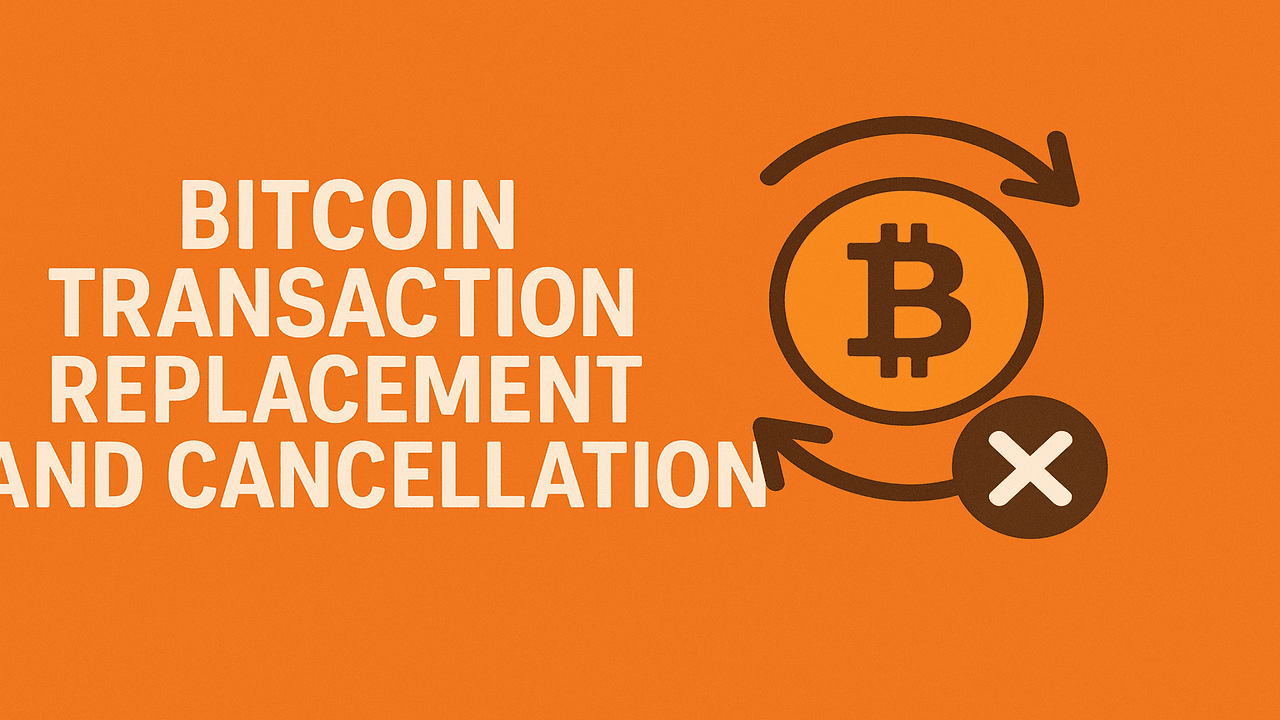
Bitcoin transaction replacement and cancellation
What does "Replace by fee" mean?
There are times when you wish to change or cancel a transaction. This might be the result of transactions taking a long time to enter the block. Unconfirmed operations are any that were not added to the block after launch. Due to the low fees, unconfirmed transactions are most likely to occur. It is still possible to process such transactions.
A feature in the blockchains of Ethereum, Bitcoin, and others enables you to swap out an unconfirmed transaction for one that has a higher fee. This system is known as Replace by Fee.
Table of Contents
Increasing fees to speed up transactions
Satoshi Nakamoto, the system's creator, had intended for transactions to be replaced, but he stopped doing so at a specific point. After that, it was changed to RBF and added to Bitcoin Core 0.12 and later. To indicate which transaction is older, a unique nSequence field is included in the transaction data for replacement. The nSequence of a transaction must be less than (0xfffffff — 1) in order for it to be potentially replaceable.
Most contemporary wallets automatically set the maximum by default, and the option to swap out transactions needs to be enabled in the settings.
Adding a new fee to an existing transaction is known as "replace by fee." The wallet adds a comment when a transaction is created, indicating the option to modify the commission once the transfer is queued for processing. For instance, the "edit fees manually" and "replace by fee" add-ons are available in the Electrum wallet.
Make sure the wallet's "replaceable" option is turned on before sending any coins. You can increase the payment transfer if it has been a while since the transaction was confirmed. Choose a transaction that is stuck in the wallet history and add a new fee.
By turning on the RBF option, you let the networks know that you are willing to pay more in case of a delay, and the new transfer is accepted automatically in place of the previous one. Wallets for Bitcoin Electrum, Green Address, and Bitcoin core all serve this purpose.
Accelerating a Child Pays for Parent transaction
The majority of transactions return "change" in addition to sending Bitcoin to the recipient. You can use this change to pay for the subsequent transaction. Both the sender and the recipient of funds may use the CPFP function.
The anticipated transaction with a low fee is linked to a new transaction (for instance, between your addresses) with a high fee. You can do this with certain wallets even before the transaction has been verified. As a result, the total commission for these two transactions will be considered, and the speed at which a group of transactions is included in a block will be determined by its value.
You can send yourself all of the money in the wallet if it doesn't permit the use of unconfirmed change.
CPFP is currently not supported by all miners. They are sufficient, nevertheless, to validate your transaction in the upcoming blocks.
Terminating a transaction
Cancellation is not possible if the Bitcoin transaction has been verified. However, if there are no confirmations for the transaction, you can proceed as follows: Send a second payment to any of your addresses from the same address output, but this time with a larger fee than the first time. The transaction with the higher fee will be the first, and the second will be liquidated automatically.
Start a Cryptocurrency exchange Try our crypto exchange platform click here.
Disclaimer: It is important to note that the content of this article does not constitute financial or investment advice. The views expressed herein are solely those of the author and should not be interpreted as specific recommendations for trading or investing. Readers and visitors to the website are encouraged to explore various perspectives and familiarize themselves with relevant local regulations prior to engaging in cryptocurrency investments. We do not guarantee the reliability or accuracy of the information presented.



